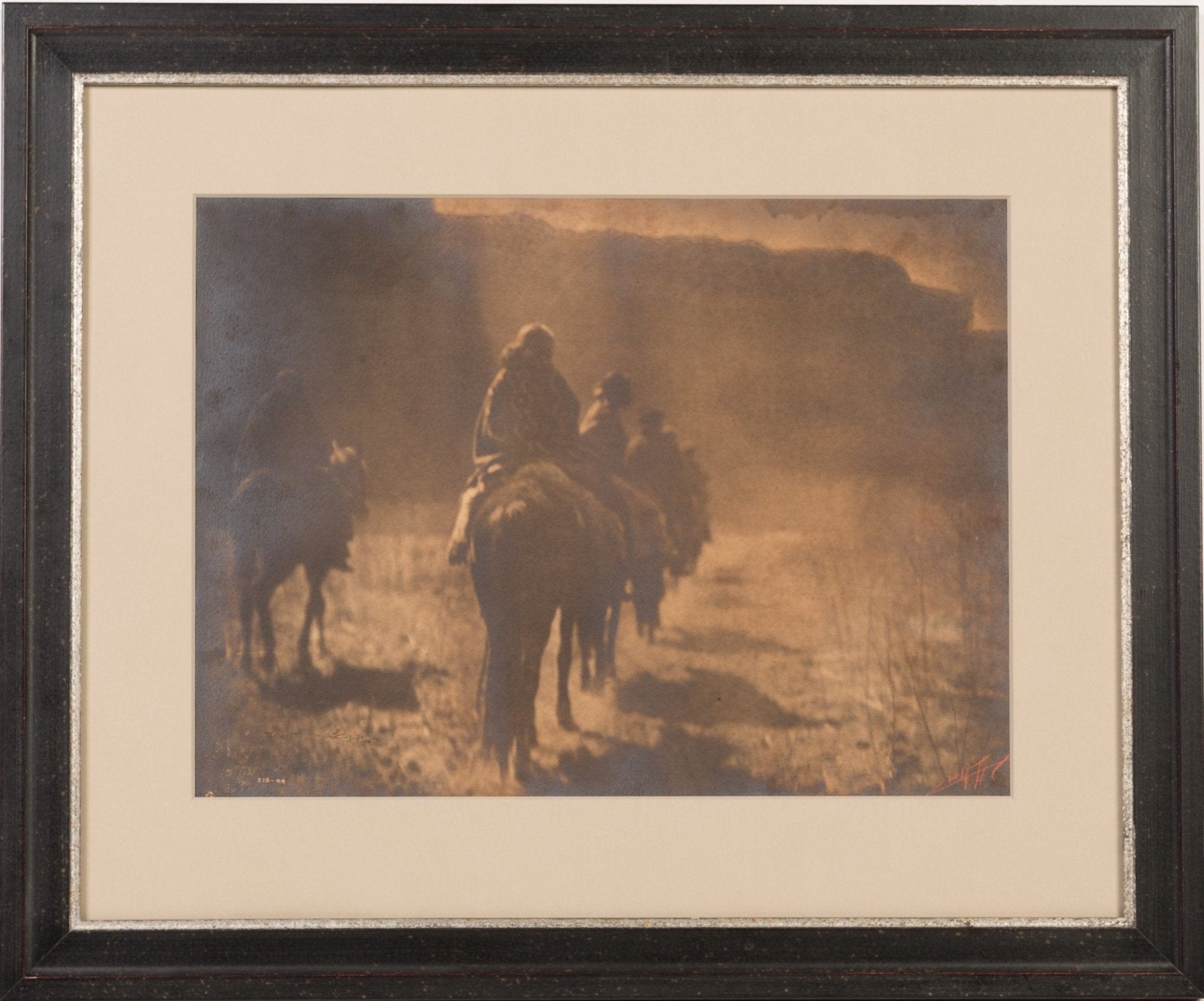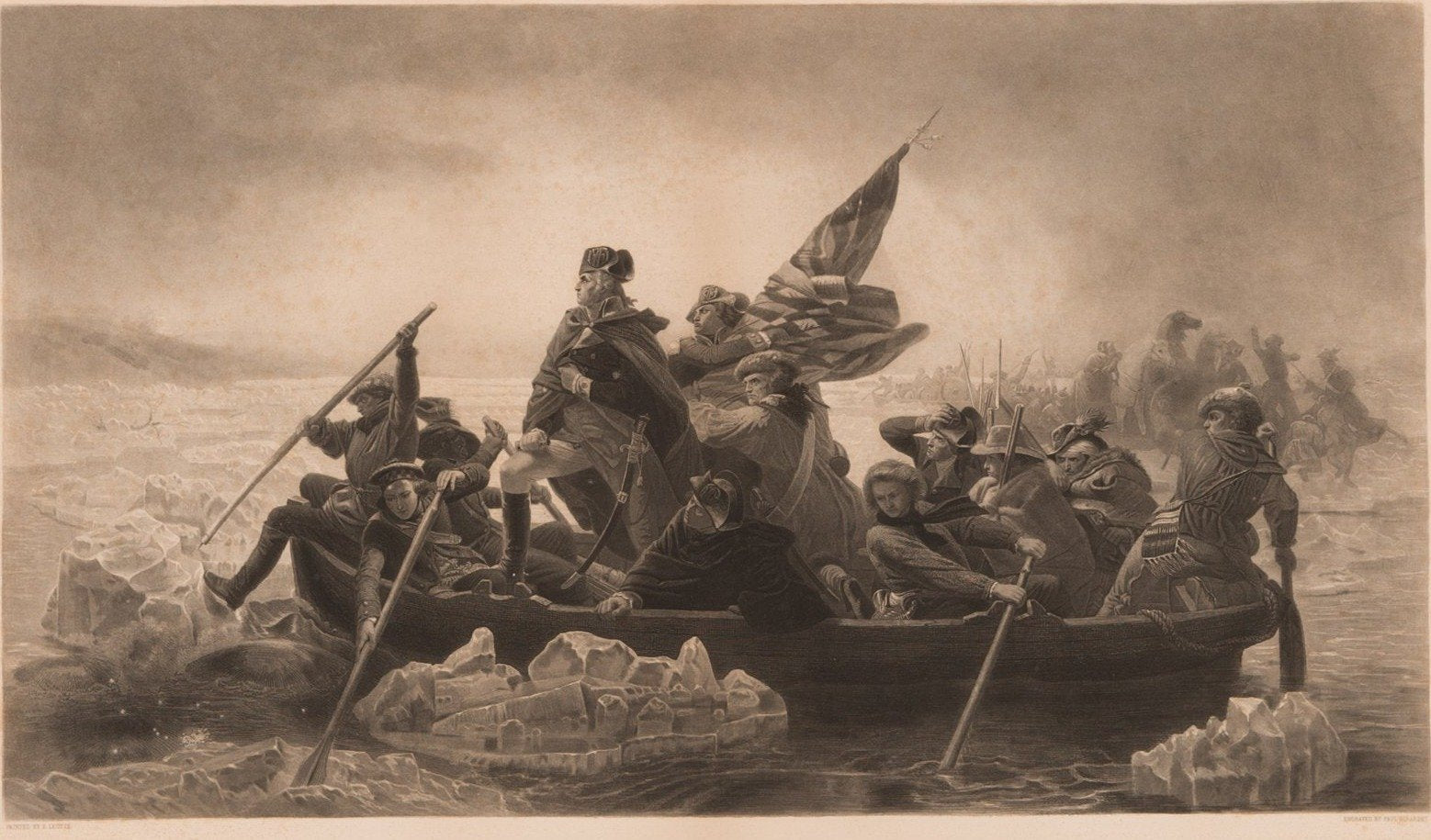Illustrations in Rare Books
Illustrations bring books to life. Authors employ famous illustrators to complement their work, and add life to the text. Take a look at these stunning rare books that were transformed by the use of illustrations.
Herman Melville’s Moby Dick is a good example of how illustrations transformed the text, making it all together a more successful book. This is the first trade edition of Moby Dick, published in 1930. First published in 1851, the novel was issued again by Lakeside Press in 1930 in a three-volume edition: the first to feature Rockwell Kent's beautiful illustrations, and limited to only 1,000 copies. The limited edition quickly sold out and was followed by an equally popular one-volume trade edition, published later that year by Random House and again printed by Lakeside Press. This trade edition combined the three-volume set into one volume and helped establish Moby Dick as an American Classic.

When Moby Dick was first published, the book was comparably unsuccessful. Fewer than 4,000 copies were sold and the timeless tale was overlooked. However, once the illustrated limited and trade editions were published in 1930, the public finally gave the novel its due. By the mid-20th century, Melville’s novel was recognized as one of the most important works in American Literature.
When Lakeside Press decided to launch their "Four American Books" campaign, they reached out to painter and illustrator Rockwell Kent (1882-1971). Rockwell Kent had already established himself as a prominent and talented artist, working in illustrations and paintings. Around 1920, Kent took up wood engraving. He utilized this skill to produce abstract and precise images.
Lakeside Press asked Kent to design an illustrated edition of Richard Henry Dana Jr.’s Two Years Before the Mast, but it was Kent himself who suggested Moby Dick instead. Kent wrote to William A. Kittredge, Lakeside’s then-Director of Design and Typography, that he considered "Moby Dick….. a most solemn, mystic work," and that the "whole book is a work that should be read slowly, reflectively." He wanted his illustrations to epitomize the mood of the book.
Kent’s first submissions in 1927 delighted the publishers at Lakeside. Kittredge wrote to Kent in response, "Your genius as a thinker, painter, and draughtsman was never more successfully demonstrated." Kent continued to work on the book's illustrations for the next three years, alongside various other activities and expeditions, and finally completed the illustrations in Denmark in 1929. Kent's illustrations for Moby Dick had an impact on the book's success, as well as his own career. His illustrations combined precision with animation, and are to this day some of his most famous and beloved works of his career.
As John Lewis writes, "There is a mystic streak that runs through [Kent's] work, enabling him, if not to match Melville’s magnificent prose, at least to give some pictorial substance to this allegory. Maybe no sperm whale ever reached to the stars……Melville makes one feel it could and Kent has recaptured the mood." (John Lewis, The 20th Century Book, 1984).
Another example of a book that was transformed by illustrations is Cinderella, offered here in a 1919 limited edition. C.S. Evans adapted and expanded the beloved and cherished story of Cinderella in 1919 in order to give his brilliant illustrator, Arthur Rackham, maximum opportunity to exercise his gifts. The product of their collaboration is one of the most wonderful editions produced of this, or any other, fairy tale. Published in 1919 by London’s Constable & Co., this printing is numbered #20/300 copies of the “Edition de Luxe,” from a total edition of 850.
Arthur Rackham (1867-1939) was one of the most celebrated painters of the British Golden Age of Illustration, which encompassed the years from 1850 until the start of the First World War. Rackham’s artistry is unparalleled. Throughout his career, he developed a unique style, combining haunting humor with dream-like romance. In this printing, Rackham mastered his black and white silhouette style. "Cinderella and The Sleeping Beauty differed from Rackham’s preceding books in relying almost wholly on silhouette for their effect. It is immediately clear from the collection of images that Rackham is a master of the medium, being able to evoke character and humor by profile and gesture alone and allowing the two-dimensional effect of his pen work to lead the reader through the book and keep the story going." (James Hamilton. Arthur Rackham: A Biography, p. 188)
Thoroughly illustrated with a mounted color frontispiece, double and single page illustrations, and numerous in-text silhouettes, this edition is a testament to Rackham’s illustrating prowess. Rackham’s “fanciful imagination gave his illustrations instant recognition, and his dedication to illustration kept him in the public eye for 30 years” (Hodnett, 233).









